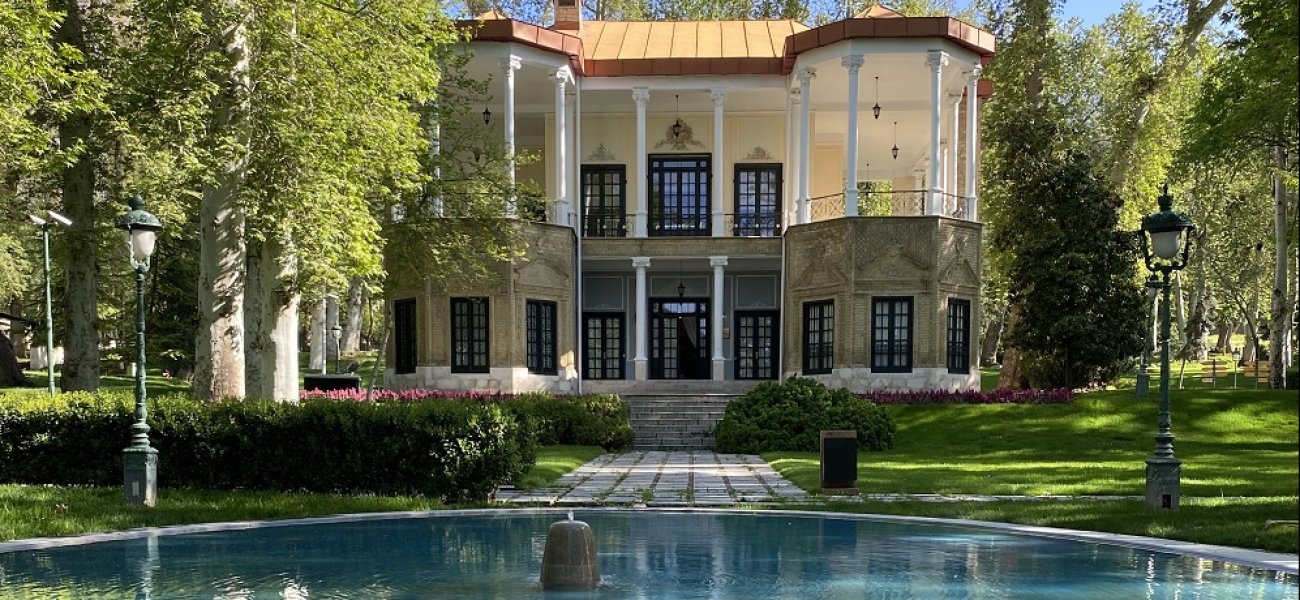Kushk Ahmad Shahi Museum
Hour 15:40
21 Oct 25

The word Kushk (mansion) in Persian refers to a palace or a lofty, elegant structure, and in architectural terms, it typically denotes a building located at the centre of a garden with views in all four directions.
The word Kushk (mansion) in Persian refers to a palace or a lofty, elegant structure, and in architectural terms, it typically denotes a building located at the centre of a garden with views in all four directions.
This mansion was built in the late Qajar period as a summer residence for Ahmad Shah, the last king of Qajar era. Located within Niavaran Garden, this two-story building spans approximately 800 square meters and features a gable roof.
One of the main architectural features of the mansion is its decorative brickwork, which covers the entire exterior façade. The bricks are moulded with embossed patterns in a variety of designs and are light beige in colour.
During the reign of Reza Shah Pahlavi (Pahlavi I), the mansion was renovated to serve as the residence of Mohammad Reza Pahlavi and his first wife, Fawzia of Egypt. Since then, it has been used by the Pahlavi family on various occasions. For a brief period, it also functioned as Mohammad Reza Pahlavi's office; until Sahebqaranieh Palace was prepared as his official office. Afterwards, Kushk Ahmad Shahi was used for the royal adjutancy administrative offices.
During the reign of Mohammad Reza Pahlavi (Pahlavi II), the mansion underwent further restoration and interior renovation. All furnishings and interior decorations were replaced, and the building was repurposed as the residence of Reza Pahlavi, the oldest Shah’s son.
The ground floor includes a central hall with a marble fountain at its centre, surrounded by six rooms and two corridors; and the upper floor consists of a central hall and a surrounding four-sided veranda (balcony). Around the central hall—used as a music room—there are wooden display cabinets installed along the walls. The veranda is supported by six large square brick-faced columns and twenty-six round plaster-coated columns. (Due to the lack of proper access routes, this upper floor is not open to the public.)
After the Islamic Revolution, the building’s kitchen and bathroom were repurposed as a gallery for temporary exhibition spaces, and later in 2000, it was opened to the public as a museum following display standards.
Finally, after a second round of repairs, the mansion was reopened in 2005 and continues to welcome visitors today.